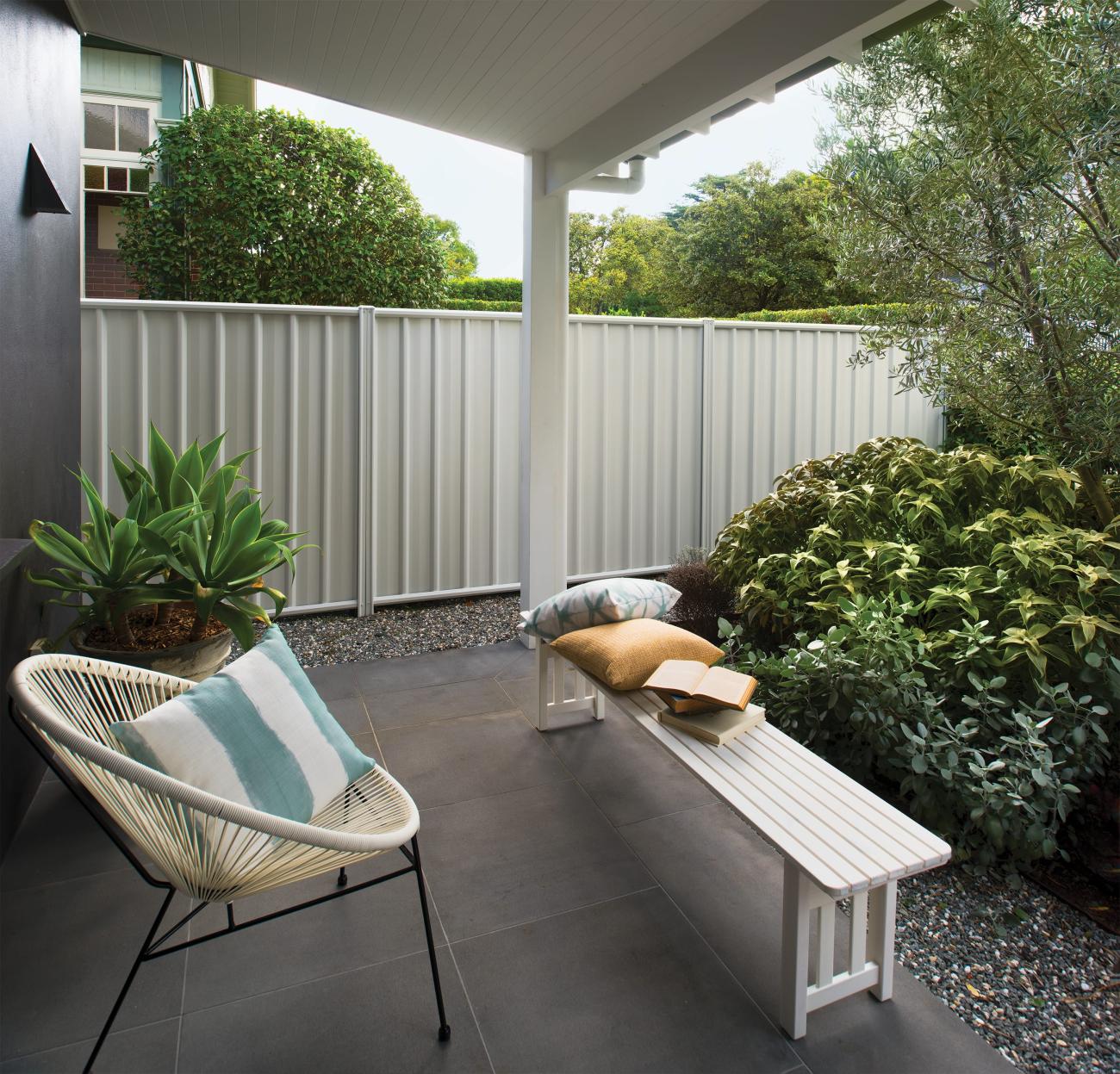Colorbond Vs Hardwood Fencing in 2024: Which is Cheaper Cost?
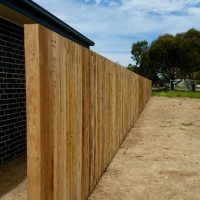
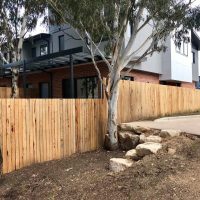
When it comes to choosing a fence for your property, the decision often boils down to two popular options: Colorbond and Hardwood.
Both materials have their pros and cons, but with timber prices soaring in recent years, many homeowners in Canberra are taking a second look at Colorbond as a more affordable and low-maintenance alternative to traditional hardwood.
In this guide, we’ll dive into the cost, durability, maintenance needs, and visual appeal of both Colorbond and hardwood fencing, helping you make an informed decision for your next fencing project in Canberra.
Cost Comparison of Colorbond vs Hardwood Fencing

Colorbond Fencing Costs
Colorbond fencing, made from high-quality steel, has become more affordable over the years, especially as timber prices have increased. Colorbond fences are pre-coated, come in a variety of colours, and require minimal upkeep, making them a cost-effective option for homeowners looking to save on maintenance costs in the long run.
Hardwood Fencing Costs
Hardwood timber fences, while traditionally a popular choice, are now significantly more expensive. While timber is a renewable resource, hardwood still requires ongoing maintenance, such as staining and repairs, which can add to its overall cost over time.
Timber fencing offers a classic look and a natural aesthetic that many property owners value, but it may not always be the most budget-friendly choice.
Long-term Investment
When comparing Colorbond and hardwood fencing as a long-term investment, Colorbond can offer more value due to its longevity and low maintenance needs.
While hardwood may last around 20 years if well cared for, it’s prone to warping, especially in areas exposed to severe weather conditions, making it a potentially costly option with higher upkeep for Canberra’s variable climate.
Durability and Maintenance Needs
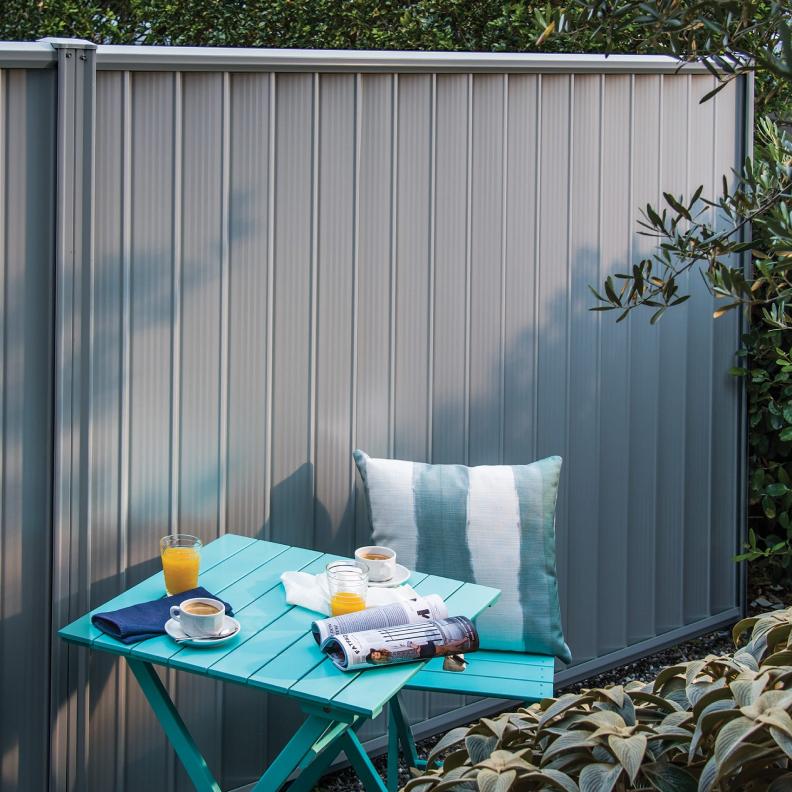
Colorbond’s Durability
Colorbond fences are built to withstand Australia’s harsh weather conditions, including strong winds and rain, without rusting, warping, or fading.
Thanks to their high-quality steel construction, they can look as good as new for years with little maintenance beyond the occasional wash.
Colorbond’s durability, coupled with its resistance to damage from severe weather, makes it a great option for boundary fences and pool fencing.
Hardwood’s Maintenance Needs
While hardwood is known for its strength, timber fencing is a natural product that requires regular upkeep to maintain its appearance and structural integrity.
Over time, hardwood can grey off, giving it an aged look that some homeowners appreciate, though others may find it unattractive.
Timber fences need staining or painting every few years, and their natural tendency to shift or crack can mean additional repair costs.
Aesthetic Appeal and Variety of Choices
Visual Appeal of Colorbond
Colorbond is sometimes thought to look too industrial, but this can be easily softened with fenceline planting, which helps it blend into the landscape. With a wide variety of colour options available, including shades that match your home’s exterior, Colorbond can enhance your property’s visual appeal.
Additionally, its clean lines and sleek design provide a modern look that works well in both suburban and rural settings.
Classic Look of Hardwood
For those who prefer a natural aesthetic, hardwood remains a popular choice. The classic appeal of timber paling fencing, along with its ability to blend seamlessly into a garden environment, makes it a top choice for many property owners.
Timber’s natural grain and texture add warmth to a property, providing a timeless look that suits various home styles. However, its appearance may degrade over time, especially if not well-maintained.
Privacy and Noise Reduction
Both Colorbond and hardwood offer privacy, but Colorbond is especially effective at blocking out noise due to its dense, solid panels, making it ideal for homes near busy roads. Timber fencing can also provide privacy but may allow some sound to pass through if gaps develop over time.
Environmental Impact and Sustainability
Sustainability of Colorbond Fencing
Colorbond is made from recyclable steel, making it an environmentally friendly option for those who value sustainability. While metal fencing isn’t a renewable resource like timber, Colorbond’s longevity and recyclability make it a strong choice for eco-conscious homeowners.
Hardwood Timber as a Renewable Resource
Timber is a renewable material, and when sourced sustainably, it can be an excellent choice for those focused on reducing their environmental impact. However, treated timber may have certain environmental downsides due to the chemicals used in treatment processes.
For homeowners in coastal areas, hardwood fencing may be susceptible to damage from moisture and salt, potentially impacting its sustainability.
Making the Right Choice for Your Fencing Project
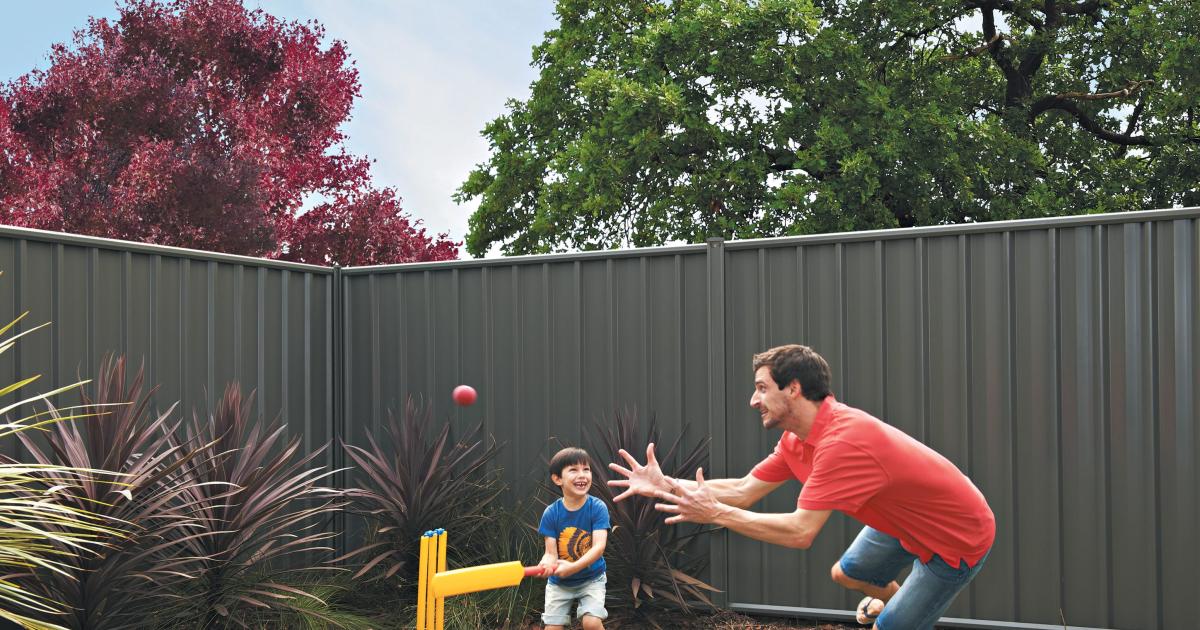
When choosing between Colorbond and hardwood, consider your unique needs, budget, and aesthetic preferences. Colorbond’s durability and sleek look make it ideal for boundary and pool fencing, as it can withstand exposure to water and intense sunlight without rusting. Both Colourbond and timber offer horizontal slats, paling fencing, or privacy fencing.
For homeowners seeking a low-maintenance, long-lasting fence, Colorbond is a great option that promises value and style for years to come. On the other hand, timber may suit those who prioritise natural beauty and don’t mind putting in a bit of extra care.
Choosing the Best Fencing Option for Your Needs
Ultimately, the choice between Colorbond and hardwood fencing depends on your budget, design preferences, and the level of maintenance you’re willing to commit to. While Colorbond offers a sleek, durable, and low-maintenance solution with a variety of colour choices, hardwood brings natural beauty and a classic look that some homeowners prefer.
Pinus Sawmills stocks a wide range of fencing materials to suit every need and style. Whether you’re leaning towards the longevity and simplicity of Colorbond or the natural charm of hardwood, we’re here to help you make the best choice for your fencing project.
Contact us today for a free quote on Colorbond or hardwood fencing materials for your property in Canberra, Queanbeyan or surrounding areas!
Frequently Asked Questions about Colorbond and Hardwood Fencing.
What is the best option for low-maintenance fencing?
Colorbond steel fencing is generally the best option for homeowners looking to minimise regular maintenance. Unlike a wooden fence, Colorbond requires little upkeep to keep it looking new, making it a great choice for those seeking a low-maintenance solution.
How does Colorbond compare to timber fencing in terms of cost?
In recent years, timber fencing costs have risen, making Colorbond a more competitive option. While timber paling fences may offer a natural aesthetic, Colorbond fencing can provide similar durability without the need for regular maintenance, offering better value for long-term savings.
Which fence type is more durable in harsh weather conditions?
Colorbond steel fencing, made from Zincalume steel, is highly resistant to Australia’s severe weather conditions. Timber fences, while durable, can warp or move in extreme weather, especially untreated timber or timber posts. For peace of mind in strong winds or heavy rains, Colorbond is often considered the best option.
Can a fencing contractor install both Colorbond and timber fences?
Yes, most fencing contractors offer installation services for both Colorbond and timber fences. A skilled fence builder can advise on the type of fence that best meets your needs, whether it’s for a boundary fence, pool fence, or privacy screen.
What type of fence provides the best privacy?
Both Colorbond and timber fencing can offer privacy, but Colorbond steel fencing is especially effective due to its solid panels. Timber paling fences also provide privacy, though slat fencing or certain types of timber may have small gaps that can compromise privacy.
How do I choose between Colorbond and timber fencing for my home?
Choosing between Colorbond and timber fencing depends on factors like personal taste, maintenance preferences, and specific needs. Colorbond may suit those wanting a modern, low-maintenance option, while timber is a great choice for homeowners who prefer a natural look.
Are there different types of timber used for fences?
Yes, different types of timber are available for fences, including treated pine and hardwood. Treated pine fences are more affordable, but hardwood can be more durable. The type of timber used will affect both the appearance and lifespan of your fence.
Does Colorbond fencing come in different colours?
Yes, Colorbond offers a wide variety of colours to suit different home improvement styles and landscaping themes. This allows you to choose a shade that complements your property and personal preference, giving your new fence a custom look.
What are the benefits of using steel posts in a timber fence?
Using steel posts in timber fencing can increase the fence’s longevity by preventing issues like warping and decay that often affect timber posts. Steel posts are particularly beneficial in areas with harsh weather, offering added strength and stability.
How does treated pine fencing compare to hardwood?
Treated pine fencing is generally more affordable than hardwood and offers a good level of durability, though hardwood tends to have a longer lifespan. However, both types require regular maintenance to stay in top condition.
Is Colorbond fencing suitable for coastal areas?
Yes, Colorbond fencing made from Zincalume steel is highly resistant to rust, making it suitable for coastal areas where salt exposure is a concern. This makes it an excellent choice for properties near the coast.
How can I get a quote for a Colorbond or timber fence?
You can contact Pinus Sawmills by visiting our website or by sending us an enquiry with your email address. We’ll help you find the right fence type and provide a competitive quote based on your specific fencing needs.
How does Colorbond hold up over the long term compared to timber fencing?
Colorbond is known for its longevity, with minimal maintenance required to keep it looking new. Timber fencing, while durable, can degrade over time without regular maintenance. For a long-term solution, Colorbond is often the preferred choice.

